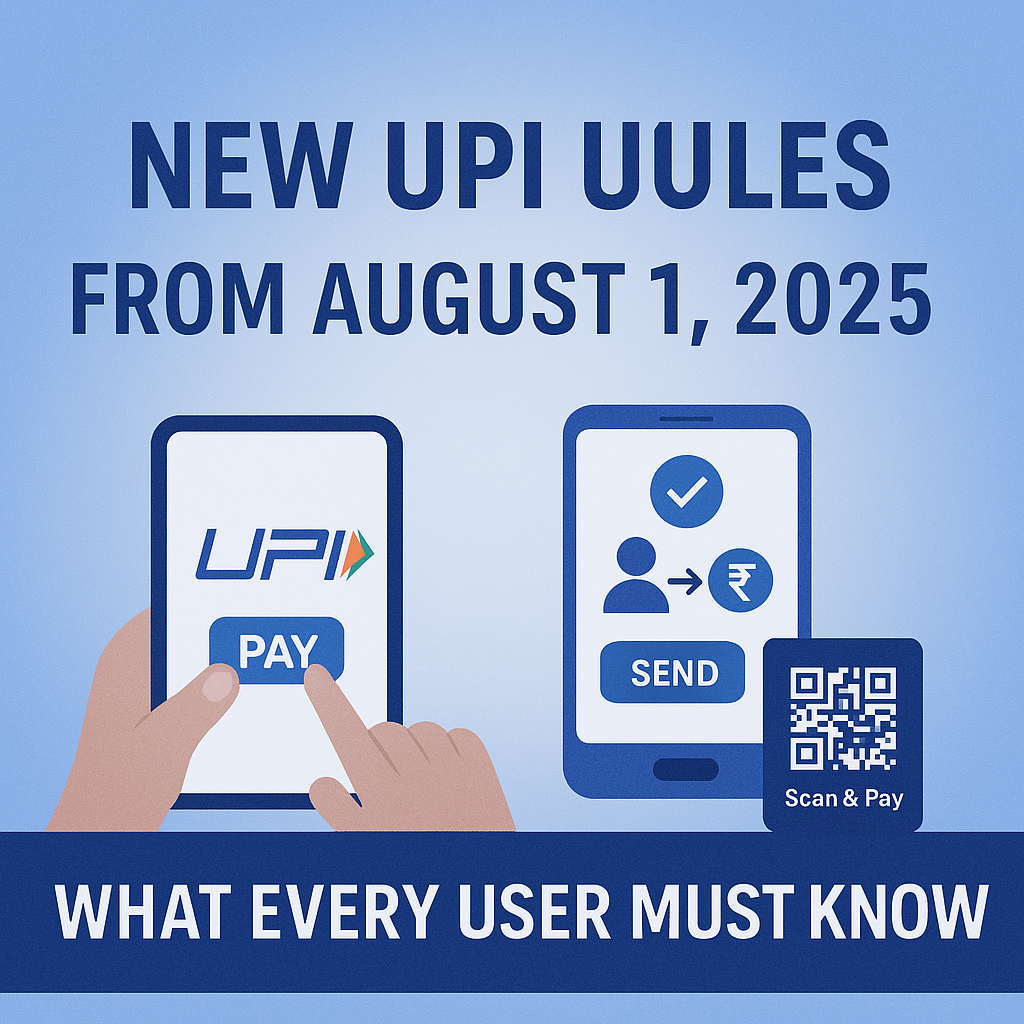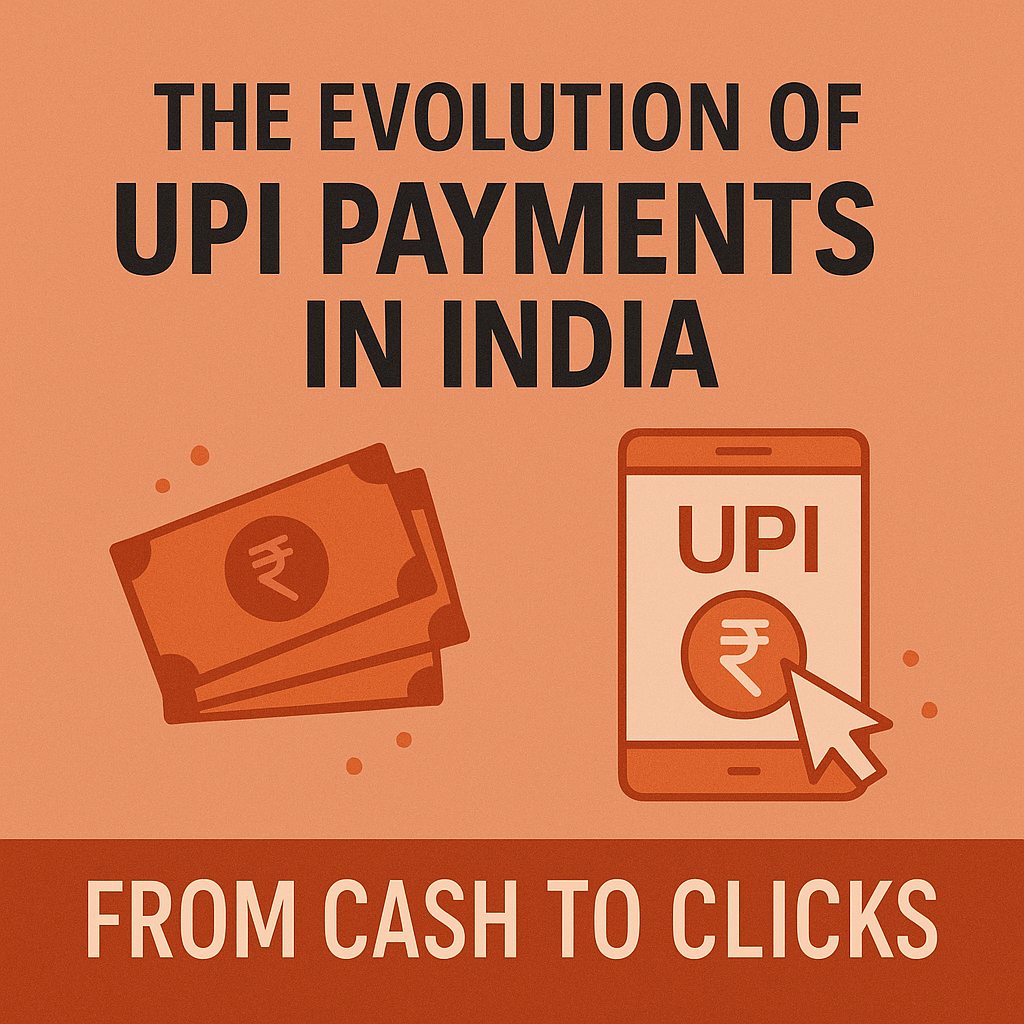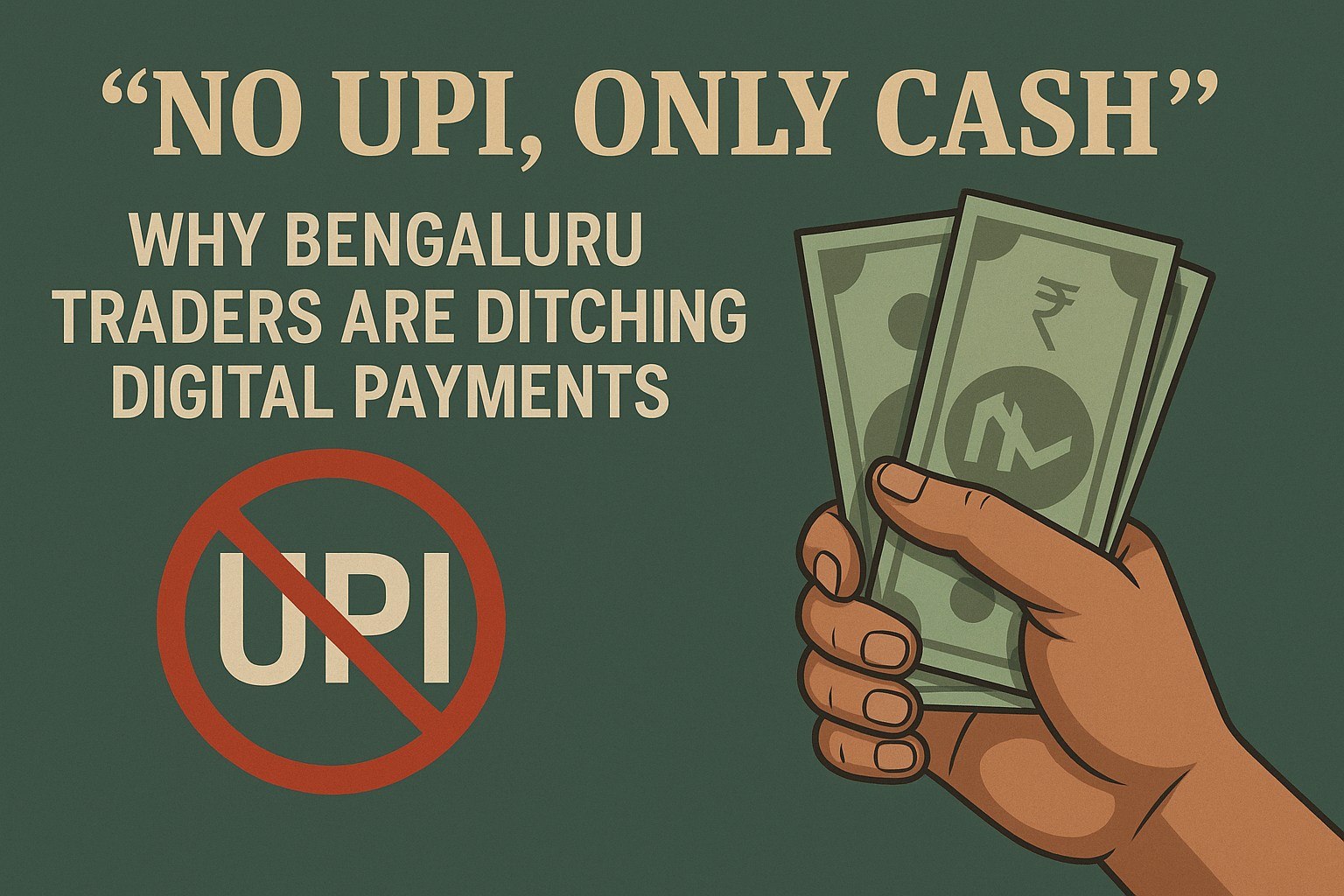Upi
Unified Payments Interface (UPI) is India’s most popular real-time payment system enabling instant money transfers between bank accounts. Learn how UPI works, why it's transformative, and how it’s shaping the future of digital finance.
What is UPI? A Quick Overview
Unified Payments Interface (UPI) is a real-time payment system developed by the National Payments Corporation of India (NPCI). Launched in 2016, UPI allows users to instantly transfer money between bank accounts using a mobile device. With just a Virtual Payment Address (VPA), users can send or receive funds without needing to enter bank details.
UPI integrates multiple bank accounts into a single mobile application, streamlining digital transactions for users and businesses alike. It supports peer-to-peer (P2P) transfers, merchant payments, bill payments, and more — all 24/7, including weekends and holidays.
UPI’s success is largely attributed to its simplicity, speed, and zero transaction cost for users. It’s interoperable across banks and apps, with platforms like PhonePe, Google Pay, Paytm, and BHIM being major players.
As of 2025, UPI processes over 12 billion transactions monthly, making it the backbone of India’s digital economy. It has also expanded internationally, with countries like Singapore, UAE, France, and Sri Lanka adopting or linking UPI for cross-border transactions.
Despite its rapid growth, UPI faces challenges like server load, fraud prevention, and tax compliance tracking. Yet, it remains a cornerstone of India's vision for a cashless, transparent, and inclusive financial system.



